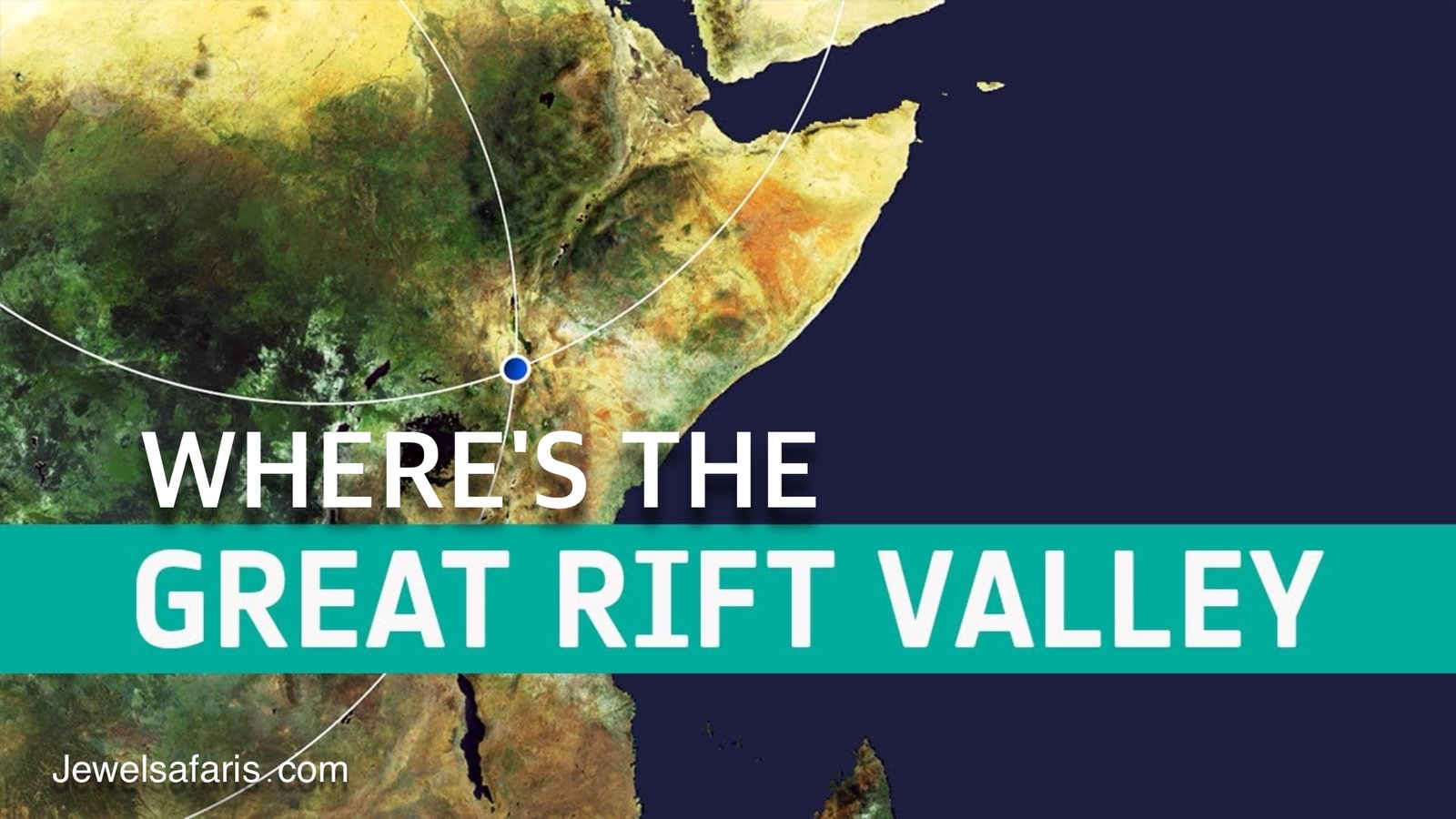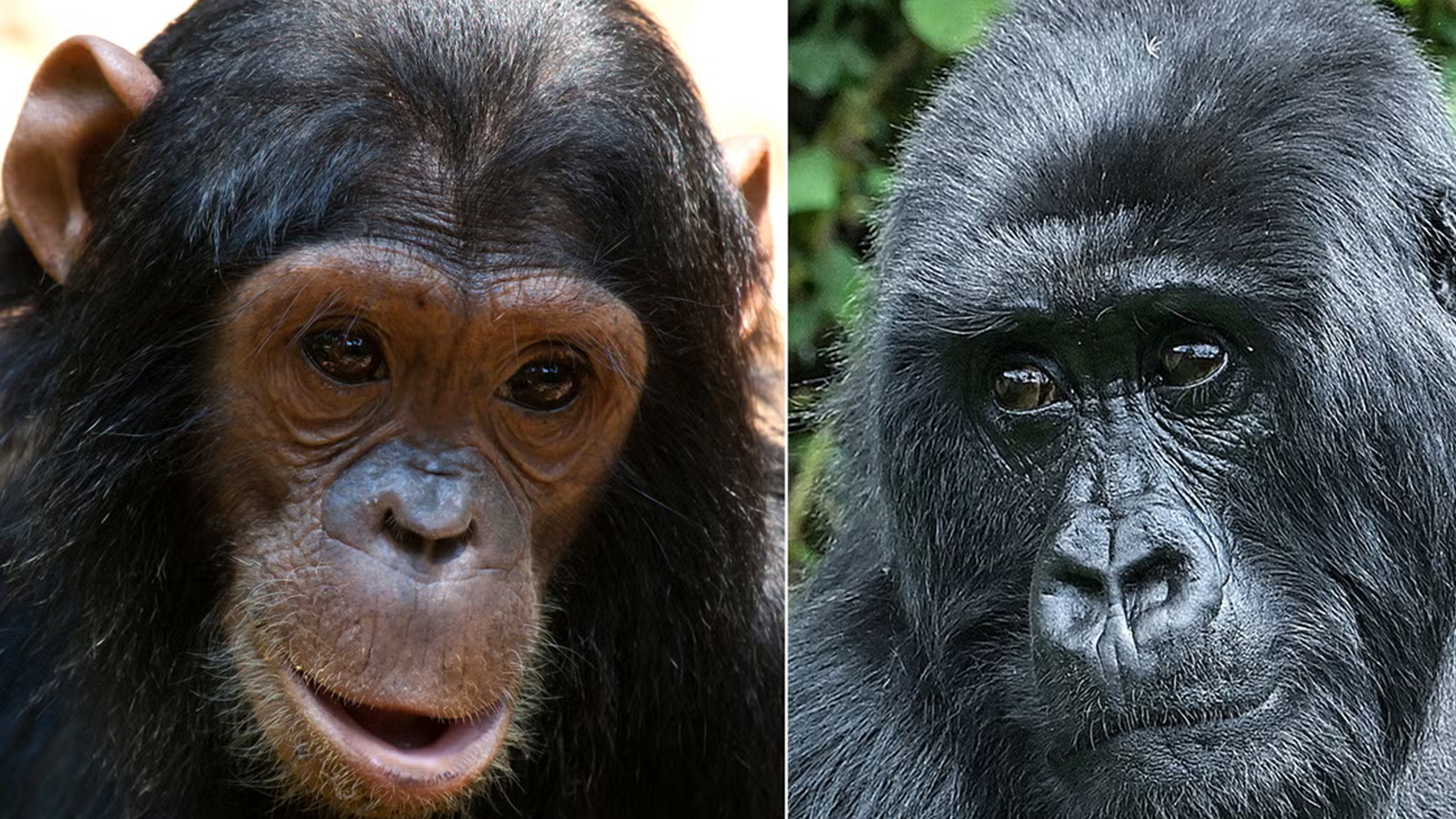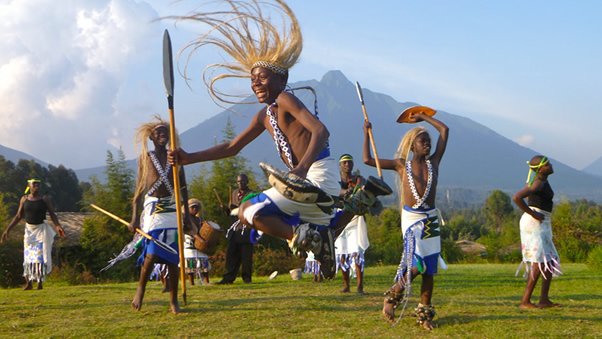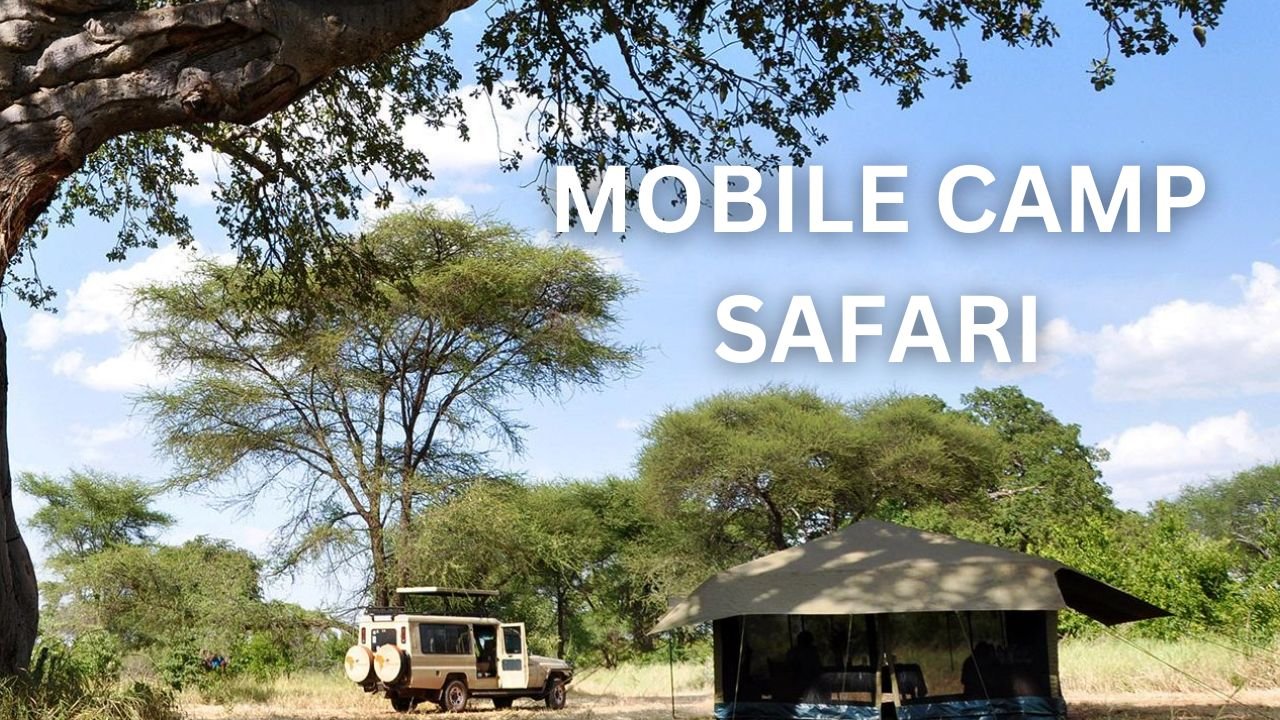Where is the Great Rift Valley?
The Great Rift Valley is one of the most fascinating and geologically significant regions on Earth, known for its dramatic landscapes, rich biodiversity, and profound influence on human history. But where exactly is the Great Rift Valley, and what makes it so special?
What Is the Great Rift Valley?
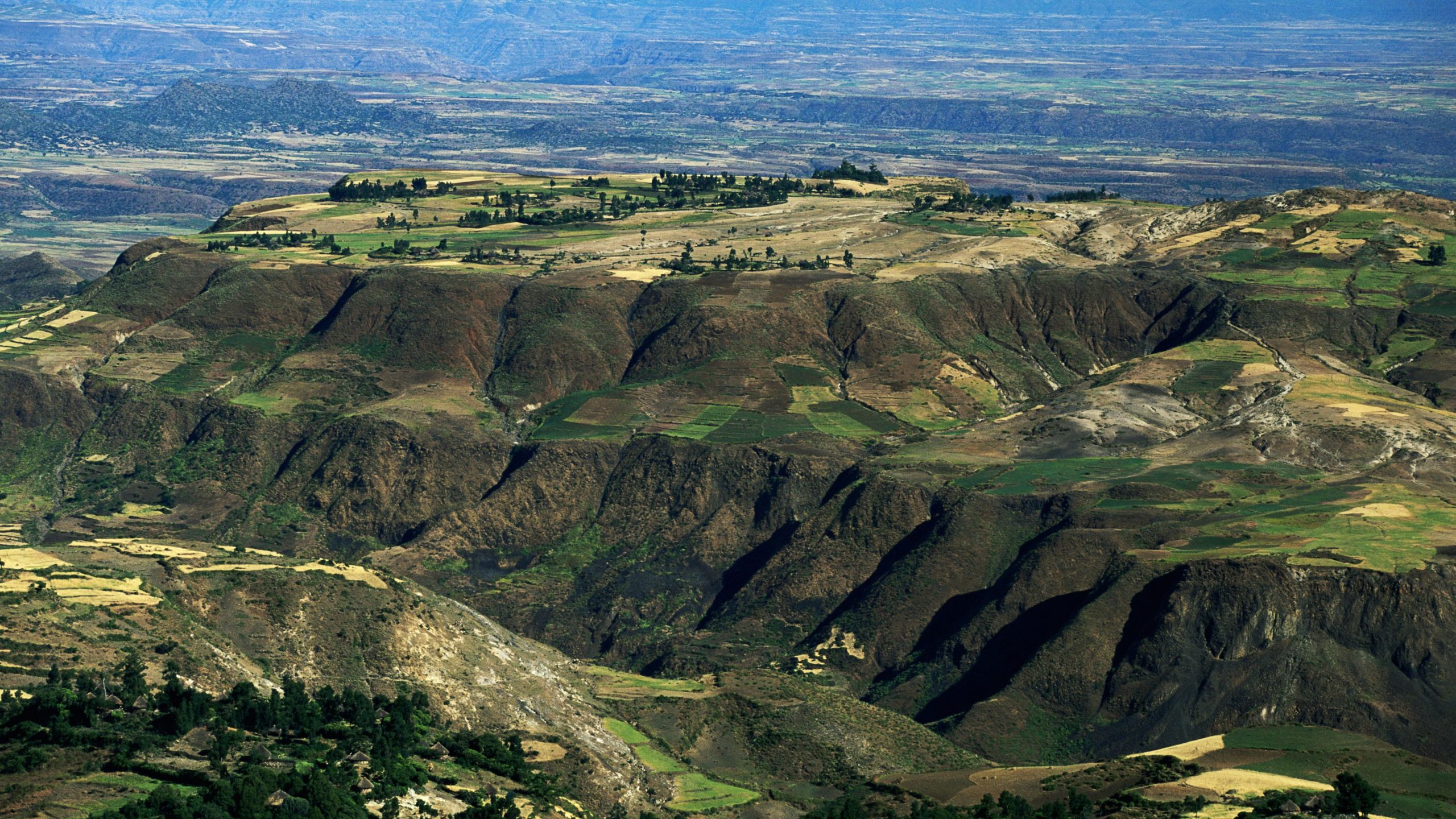
The Great Rift Valley, often referred to as the “cradle of humanity,” is a massive geological formation that stretches for thousands of kilometers across the eastern part of Africa and into the Middle East. It is a series of deep cracks or faults in the Earth’s crust, formed as tectonic plates slowly pull apart. Over millions of years, this process has created a unique valley system characterized by volcanic mountains, lush lakes, and diverse ecosystems.
The valley itself is part of the larger East African Rift System, which is one of the most active tectonic regions in the world. The Great Rift Valley is sometimes called a “continental rift,” meaning it’s where a continent is being split apart, and it’s believed that, over time, this rift could eventually become an ocean.
Where Exactly Is the Great Rift Valley Located?
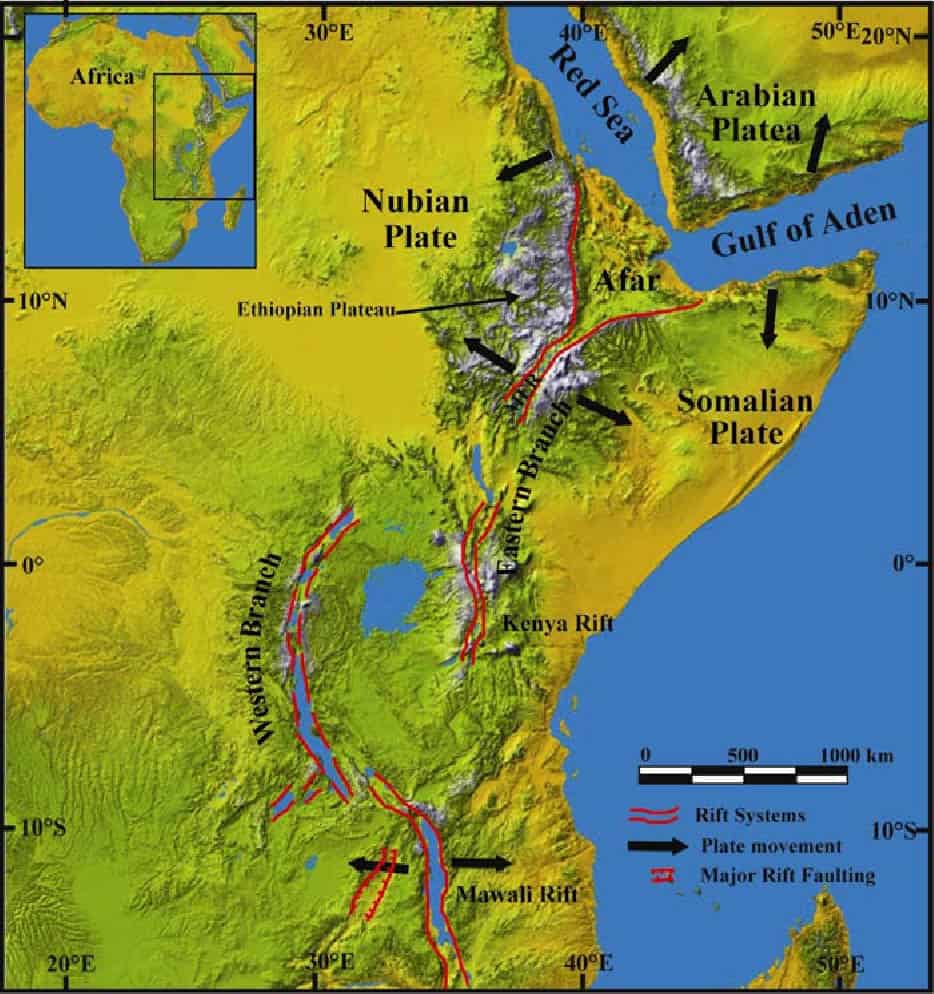
The Great Rift Valley stretches across several countries in East Africa and beyond, creating a stunning natural border between regions. Here’s a breakdown of its path:
- Eastern Africa: The Great Rift Valley starts in the north of the continent and extends southward, running through countries like Ethiopia, Kenya, Tanzania, and Uganda.
- The Red Sea to the South: The valley is part of a geological system that begins in the Middle East, with the rift extending from the Red Sea down to Mozambique in Southern Africa. Some sources include regions of Syria and Jordan where the valley system also stretches.
- The Main Rift: The main rift runs from Syria in the north to Mozambique in the south, passing through East African countries, forming a giant, continuous rift that is approximately 6,000 kilometers (3,700 miles) long.
In Kenya, the Great Rift Valley is especially prominent, with its deep valleys, active volcanoes, and numerous lakes, including Lake Nakuru and Lake Naivasha. This region is a treasure trove of geological wonders and home to some of Africa’s most famous national parks.
What Makes the Great Rift Valley So Unique?
The Great Rift Valley is a region that captures the imagination of both scientists and adventurers alike. Its geological significance is immense, but the valley also offers spectacular landscapes and a host of ecological features that make it a must-see destination. Here’s what sets it apart:
- Geological Significance: The rift is formed by the divergent movement of tectonic plates, specifically the African Plate and the Arabian Plate, which are slowly pulling apart. Over millions of years, this has created the deep valley and volcanic activity that shapes the landscape.
- Active Volcanoes: The Rift Valley is dotted with numerous active volcanoes, including Mount Kilimanjaro and Mount Kenya, two of the highest peaks in Africa. These volcanic mountains have shaped the valley, creating rich soil that sustains diverse ecosystems.
- Lakes and Water Systems: The valley is home to several beautiful and ecologically significant lakes. These include Lake Victoria, Lake Tanganyika, and Lake Malawi, which support a wide variety of aquatic life and contribute to the livelihood of surrounding communities.
- Biodiversity: The rift region is rich in biodiversity, hosting unique species of wildlife like the giraffes and rhinos of Kenya’s Masai Mara, as well as chimpanzees and gorillas in the more forested areas of the western Rift. The region also boasts unique ecosystems, from lush forests to arid deserts.
The Great Rift Valley and Human History
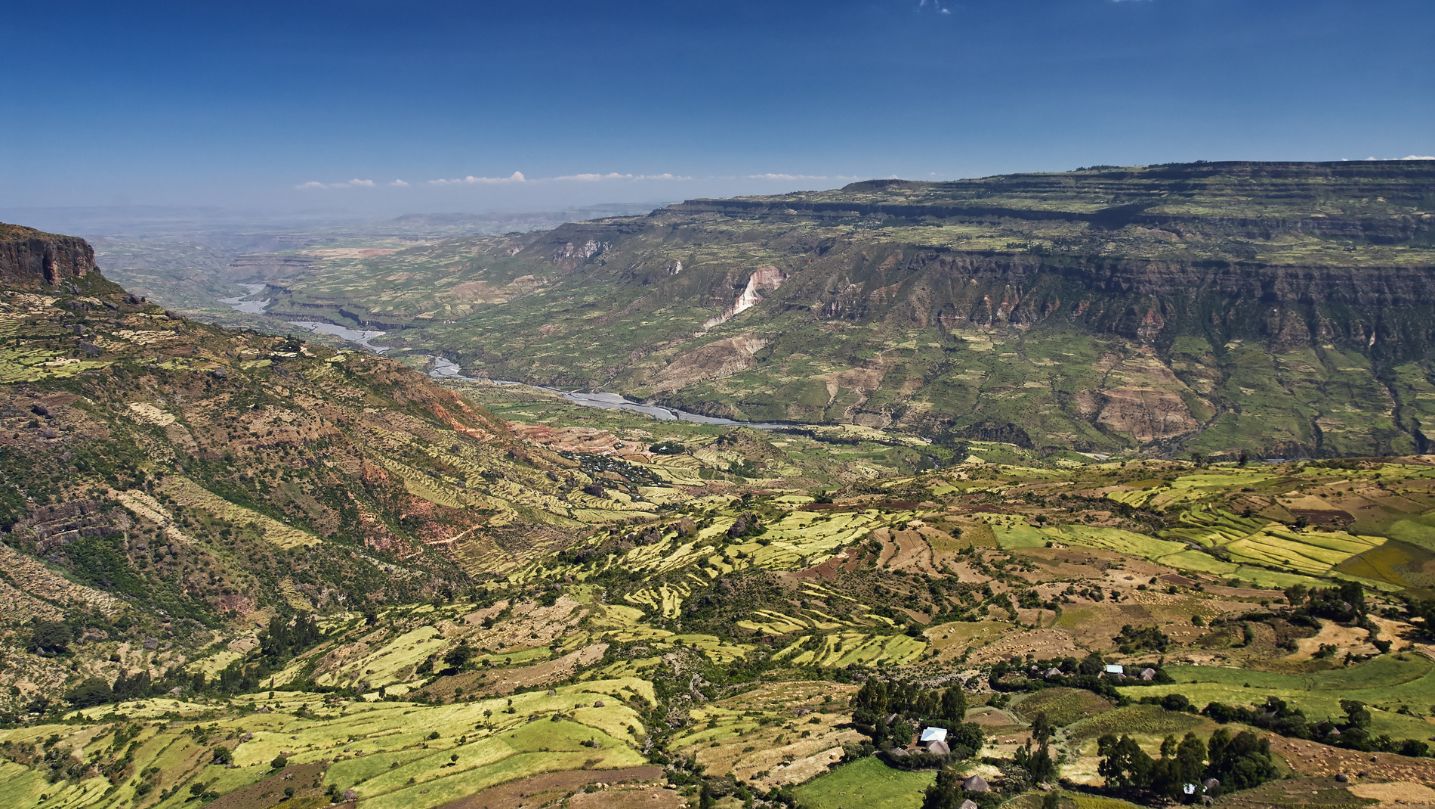
The Great Rift Valley is not just a geological and ecological marvel—it’s also of great significance in the study of human evolution. Some of the earliest human ancestors have been discovered in this region, making it one of the most important archaeological sites in the world.
- The Cradle of Humanity: Fossils of early human ancestors, including Australopithecus and Homo habilis, have been discovered in the valley, providing crucial evidence about human evolution. Sites like Olduvai Gorge in Tanzania and Laetoli in Kenya are famous for their ancient hominid fossils and footprints.
- Cultural Significance: The Great Rift Valley is home to many indigenous groups who have lived in the region for centuries. The Maasai people, for example, have long called the area surrounding Mount Kilimanjaro and Mount Kenya their home, preserving traditional ways of life amidst the dramatic landscapes of the valley.
Why Visit the Great Rift Valley?
For travelers, the Great Rift Valley is a once-in-a-lifetime destination, offering a combination of adventure, natural beauty, and cultural experiences. Whether you’re a nature enthusiast, a history buff, or simply someone looking to explore one of the most dramatic landscapes on Earth, the Rift Valley has something for everyone.
- National Parks and Safaris: The valley is home to some of Africa’s most famous national parks and wildlife reserves, such as Masai Mara and Amboseli National Park in Kenya, as well as Serengeti National Park in Tanzania. Visitors can experience incredible wildlife safaris, spot the “Big Five” (lions, elephants, buffaloes, leopards, and rhinoceroses), and witness incredible natural wonders, including the migration of wildebeest.
- Hiking and Adventure: For those who love hiking and adventure, the Rift Valley offers incredible mountain treks, volcano climbs, and opportunities to visit remote, pristine lakes. The region’s diverse landscapes—from lush grasslands to arid deserts—offer a perfect playground for outdoor enthusiasts.
- Cultural Immersion: The Rift Valley is home to a range of cultures and traditions that date back centuries. Visitors can interact with local tribes, including the Maasai and Hadza, learn about their customs, and explore vibrant markets, crafts, and festivals.
Conclusion
The Great Rift Valley is far more than just a physical location on a map. It is a geological wonder, a natural beauty, and a historical treasure trove. Stretching through East Africa into the Middle East, this vast valley is home to some of the world’s most stunning landscapes and diverse wildlife, while also serving as a cradle of human history. For those seeking adventure, knowledge, and a deeper connection to the planet, the Great Rift Valley offers an experience unlike any other.
So, whether you’re planning to explore its volcanic peaks, delve into its archaeological past, or simply admire the scenic views, the Great Rift Valley is a must-see destination that continues to captivate visitors from around the globe.
